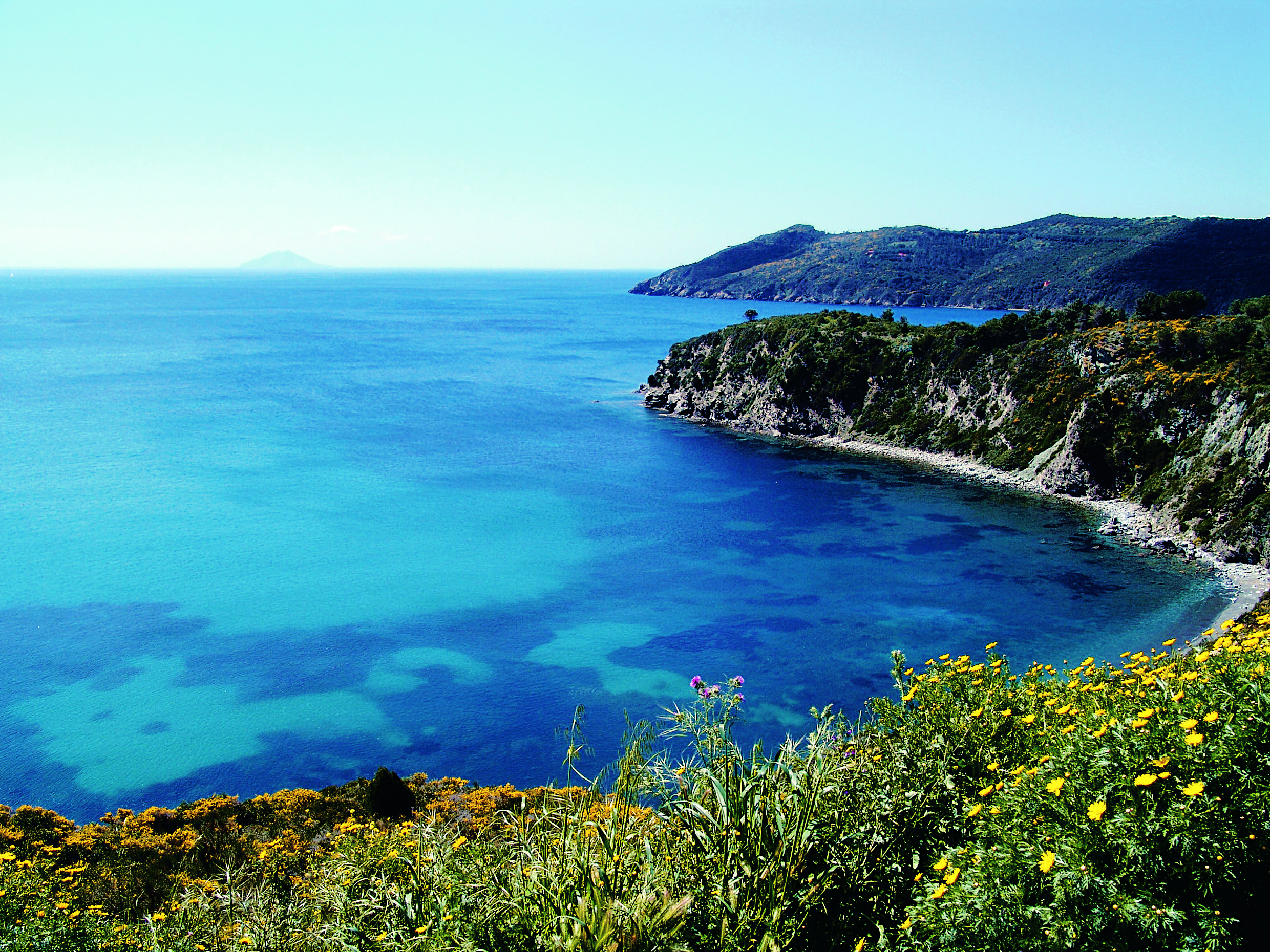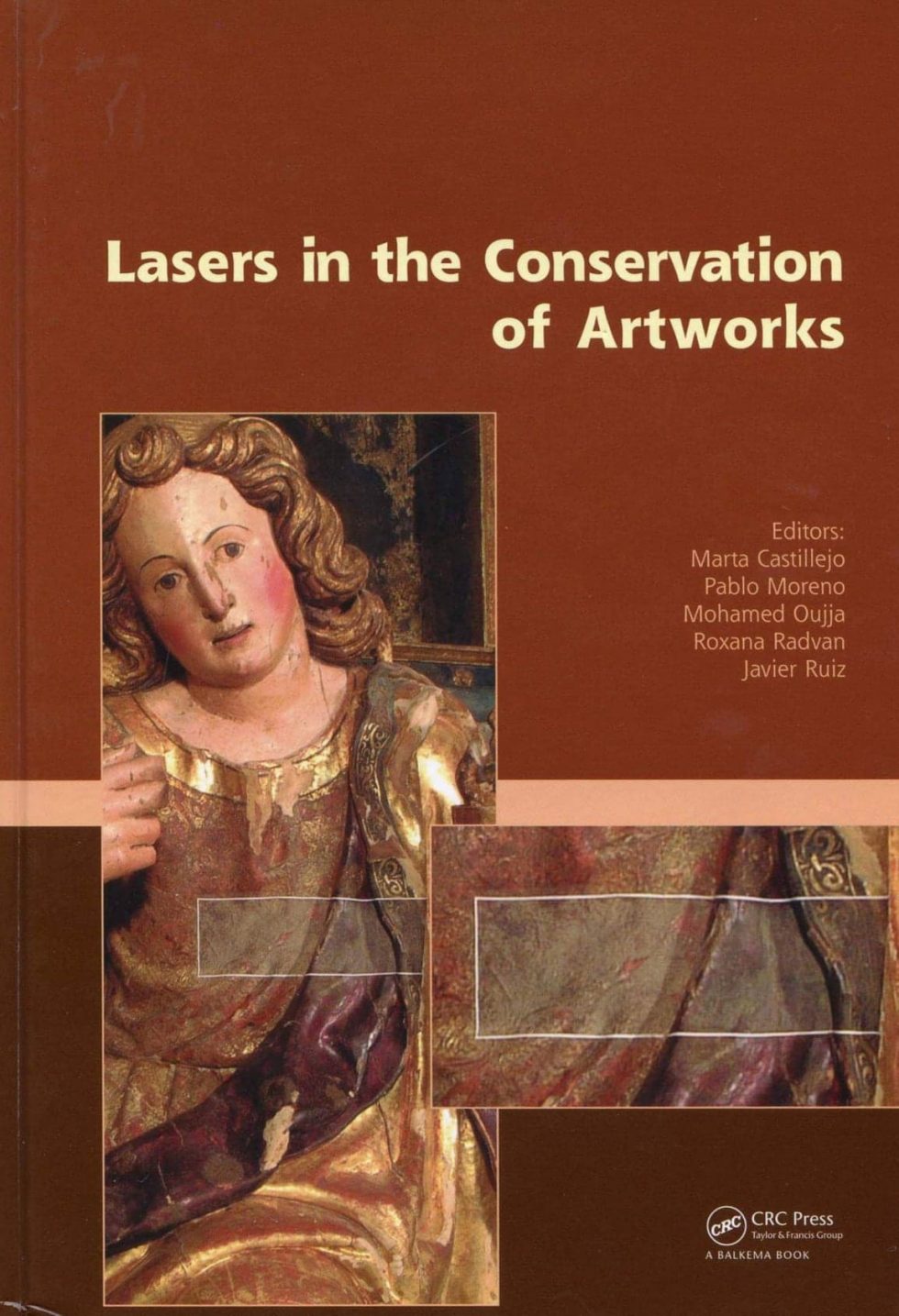


The main restriction is in limited transparency to the probing light of materials constituting those objects. The major fields of application have been, from the very beginning, examination of subsurface, semitransparent layers of easel paintings, glazes at faience and ceramics, historic glass, jade, and occasionally some other materials. This subject is present in the literature since 2003 when first reports appeared. The noninvasiveness of OCT encouraged heritage science researches to seek its applications to examination of objects of art. An overview of recent applications of OCT in heritage science This quantity is far below any damage thresholds for long pulses of infrared radiation, but a certain care in the case of work with photosensitive objects must be adopted. If the spot diameter will be about 12 μm, what is a reasonable measure of the lateral resolution, the fluence of the OCT beam can be estimated at 30 mJ/cm 2. It leads to the scanning speed over 150 mm/s and 33 μs/A-scan. If the Fourier domain fast OCT system is considered, it is reasonable to assume that the 15-mm wide B-scan is acquired in less than 0.1 s and composed of, let us say, 3000 A-scans. As for the latter, the intensity of the probing radiation and low energy of infrared protons ensure lack of physicochemical damage to any material: let us consider an instrument with the power of the probing beam at the object of 1 mW.
#LACONA VII PORTABLE#
It is especially important for the fragile pieces of art examined in situ, with the portable instrument mounted on a tripod or similar provisional stand.

As for the former, it is significant that the distance to an examined object is usually relatively high-in a range of centimeters rather than millimeters. This is because it is possible to make it portable and it is contactless and noninvasive. Optical coherence tomography is a quite natural choice for examination of objects of art. Finally, an application for the assessment of chemical varnish removal from an easel panel painting is discussed in details. Next, two examples are given for the structural examination of works of art: in the former, the subsurface layers of an easel painting are presented, and in the latter, the painting on reverse of the glass is examined, when the inspection must be carried out through the glass. After this part, there is a detailed description of the high-resolution OCT instrument developed by the authors specifically for the study of works of art. This chapter discusses the last applications of OCT in this area with an emphasis on synergy with some other noninvasive techniques such as large-scale X-ray fluorescence (XRF) scanning and reflective Fourier transform infrared (FTIR) spectroscopy. It is mainly used for the examination of subsurface structure of easel paintings (such as varnishes and glazes) and has also been successfully used for inspection of other types of artworks, provided that they contain layers that are permeable to the probing light. Optical coherence tomography (OCT) was first time reported as a tool for examination of cultural heritage objects in 2004.


 0 kommentar(er)
0 kommentar(er)
